Brick pavers are essentially paving stone materials such as natural-cut stone and brick, which are very durable. They are commonly used for landscaping or hardscaping and can be installed over different surfaces. They are mainly used for walkways, driveways, pool decks, patios, and edging. Since the installation of brick paving is quite simple and it is an attractive landscaping solution, brick pavers are a very popular material with both landscape contractors as well as DIY homeowners.
To seal brick pavers first decide if you want a natural or wet look when choosing a sealer, clean the pavers thoroughly and fix any uneven pavers, seal one section at a time to ensure even coverage but finish the entire job on the same day for a consistent look.
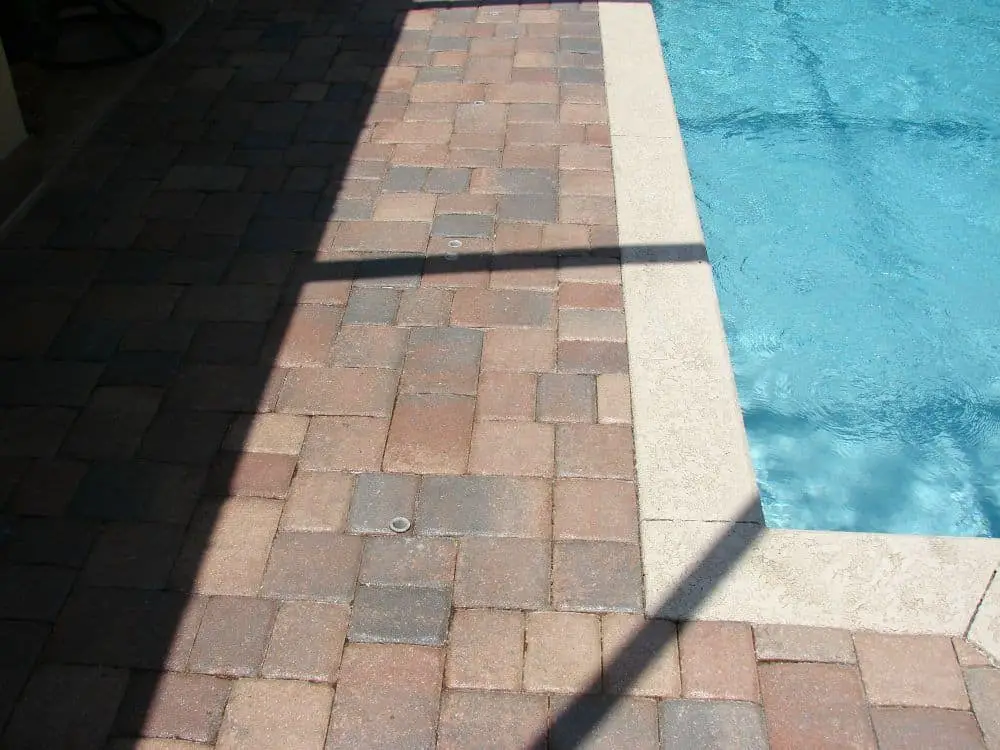
In any kind of application, bricks are a durable and long-lasting solution and it is no surprise that they are widely used in landscaping too. With proper maintenance and care, brick pavers can last very long in any landscaping design. However, you should also do some brick paver sealing efforts—brick pavers should be sealed because unsealed brick pavers are prone to fading, staining, erosion of sand, and growth of mildew and weeds.
Using a paver sealer on brick pavers is probably the best method of protecting the investment you have made in your walkways, pool deck, driveway, patio, and other hardscapes. Since the brick pavers are constantly exposed to the elements, they need protection, regular maintenance, and paver sealing to ensure that they remain beautiful and attractive for the next years to come.
Table of Contents
Advantages of Sealing Brick Pavers
While it is always best to seal pavers as soon as they are installed, you can also clean and seal brick pavers that are old and fading to restore their original luster and beauty. There are several advantages of sealing pavers.
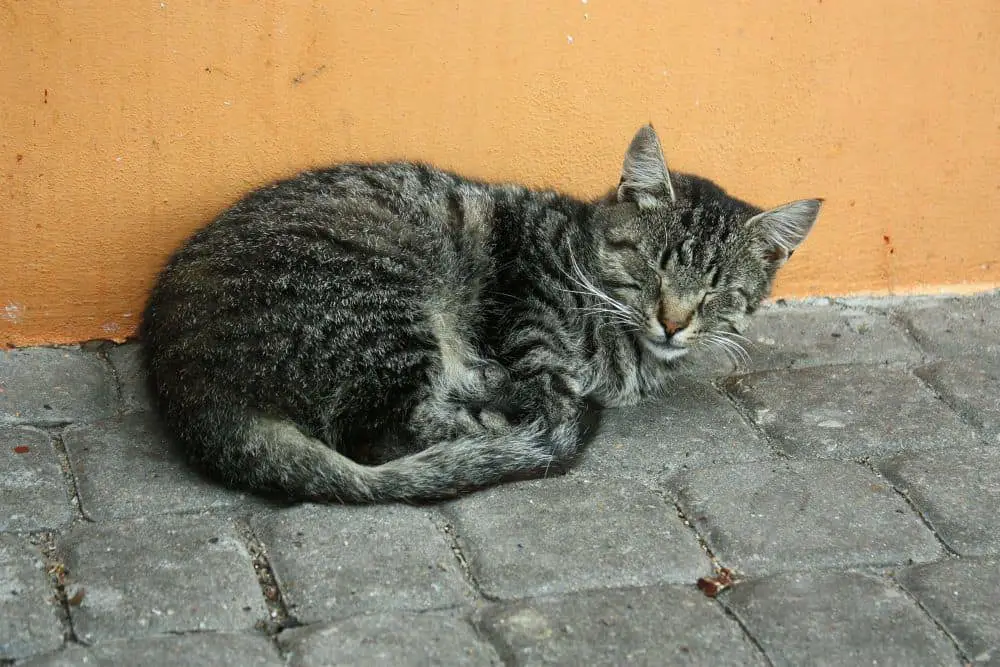
Process of Sealing Brick Pavers
The process of sealing brick pavers essentially requires the right type of paver sealant for the stone. The paved areas you need to seal must first be washed thoroughly, any crooked pavers should be leveled, and then the paver sealer must be applied evenly. In this article, we will be discussing the step-by-step process of how to seal brick pavers with the right sealer.
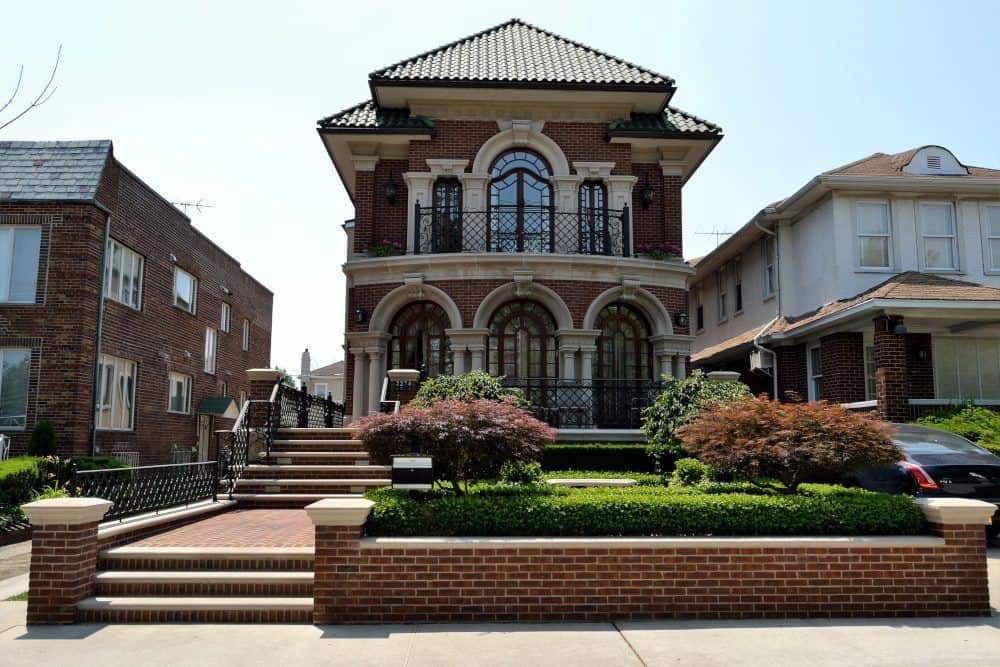
Buying Your Supplies
Water-Based Sealer
If your pavers are laid using joint sand, then you can use a water-based sealer. These sealers are usually sprayed on the paver to give a uniform and even coverage as you seal. Using a water-based sealer helps to harden the joint sand and it also penetrates into the brick pavers better. This results in the creation of a hard seal over the entire area that has been paved.
You will not get a wet look on the paver with a water-based sealer and it also does not make the stones dark. These sealers are ideal for porous bricks, which do not shine anyways. Also, you need to apply more than a single coat of the water-based paver sealer to the paved area to make the seal last longer.
Solvent Sealer
If you want to darken the paver stones and enhance the shine while sealing pavers, then it is a good idea to use a solvent paver sealer. This type of paver sealer gives the paver stones a higher gloss or "wet look" and shine as you seal compared to water-based sealers. However, a solvent sealant does not do a good job of hardening the sand. A solvent-based paver sealer is an excellent option when you need to seal pavers made of non-porous and smooth stones.
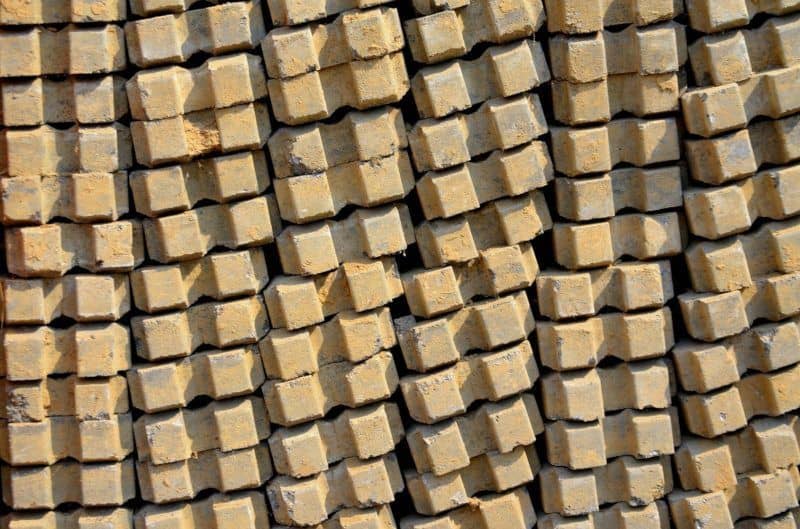
Using a solvent paver sealer is a good option if the pavers are laid together tightly without using any joint sand. Usually, a solvent sealant is much thicker compared to a water-based paver sealer. So, you may have to use a roller to apply the sealer instead of a sprayer.
However, if you are not sure about the type of paver in your home or you are not really sure about which sealer would be the best for your pavers, then it is a good idea to speak to a home improvement expert and ask for tips and suggestions to seal pavers.
Follow the Instructions
For the proper application of the paver sealer, read the instructions. You can either spray the sealer using a pump sprayer or it can be applied with a roller or you can even use a combination of both methods to seal your paver thoroughly. Check the package of the paver sealer for instructions and then buy the required tools to seal pavers appropriately.
Usually, if the sealer is thin, then it can be sprayed on to the brick paver, which is a much quicker process. For a thick sealer, you may have to use a roller. This process is much slower and the sealer may not cover the paved area evenly. Some of the sealers can be sprayed on but require backrolling the pavers so that the sealer coating is evened out.
Use the Proper Sprayer or Roller
Sprayer
To ensure the best application of the paver sealer with a sprayer, you need a wide fan spray. You should ensure that the sprayer you are using has a nozzle head that can be adjusted or that the sprayer comes with several head attachments. Avoid using a sprayer that produces a narrow spray. You can consider using a bug sprayer for spraying the sealer. These are quite inexpensive and are easily available in hardware stores.
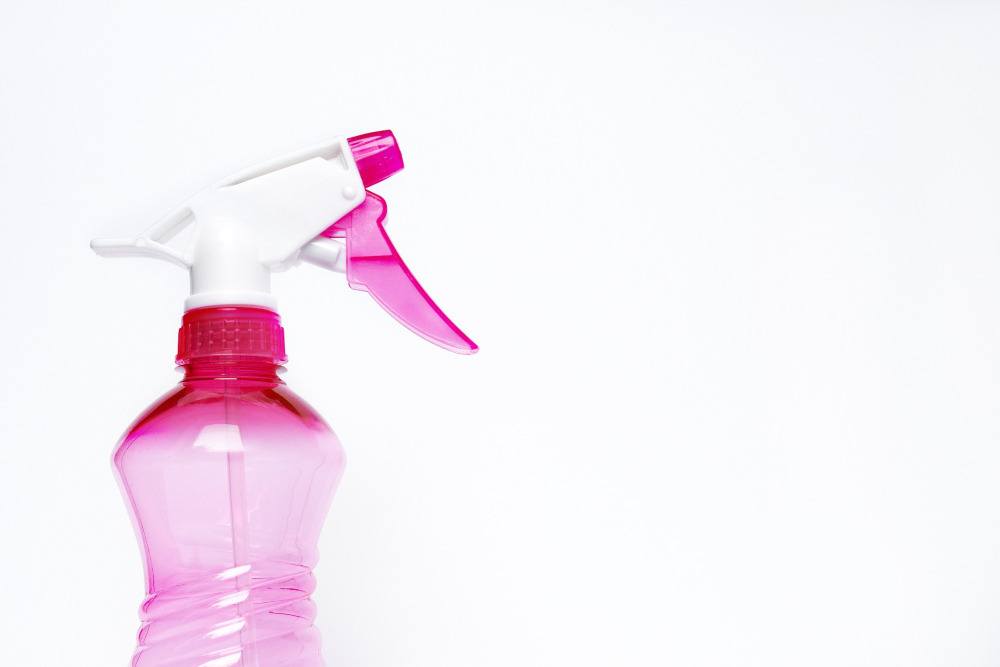
Roller
If you need to use a roller to seal pavers, then you must ensure that you choose a roller that is sufficiently thick. The paver sealer you buy will have the specification on the type and thickness of the roller you should use to seal properly.
The thickness of the roller is important when you seal because if the roller is not sufficiently thick, you cannot get the sealer into the cracks between the brick pavers. As a result, the pavers will not seal very well. And, if the roller is too thick, it may cause the paver sealer coating to become very thick and uneven.
Sealer Application
Cleaning the Brick Pavers
If you seal the brick pavers without cleaning them first, it will seal all the dirt, grime, and dust into the pavers. If there is no sand in the joints, then you can use a pressure washer. For areas that have tire marks or oil stains, you can wash the brick paver using hot water and soap. You can scrub the pavers clean by using a stiff broom or brush and before you seal the pavers. Allow the brick pavers to dry completely for at least 24 hours.
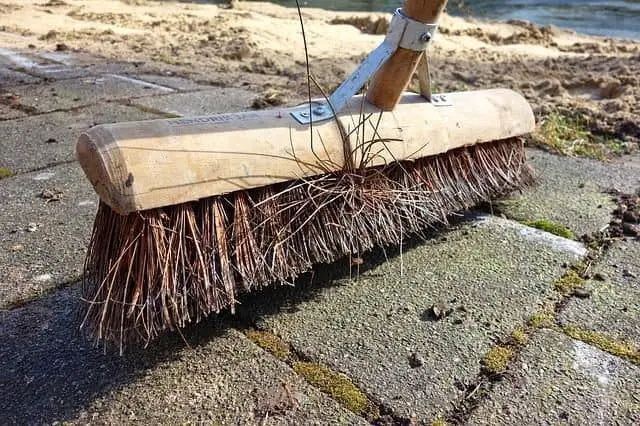
The kind of pavers you have and the way the pavers are laid out will determine what method would be the best way to wash them before you seal them. Power washing is an excellent option if the pavers are packed together tightly; however, if they are laid with sand in between the joints, then power washing may not really be a great idea.
If you plan to seal pavers in your driveway, which has plenty of traffic, then you must wash the brick paver more thoroughly to rinse off as much dirt and grime as possible before using the sealer. Usually, smooth pavers do not hold much grime and dirt and can be cleaned well by just sweeping with a broom.
Leveling the Uneven Pavers
Sometimes, when the pavers are laid, they may settle crookedly, which may create a tripping hazard, especially in the areas where people walk often. Before you seal, address the crooked and uneven problem first. Lift the brick pavers which are uneven and level the area by either adding sand or removing it from under the paver. If the pavers are laid tightly packed together, then you may not be able to lift the crooked brick paver up and level it out. However, the sealing of the pavers is more effective when they are all laid out uniformly.
Seal One Section at a Time
To ensure that you seal the entire area properly, make sure that you follow a specific pattern while you seal pavers. You can apply the sealer around the outer perimeter of the area first and make a border and then divide the rest of the paver area into three or five sections depending on the total area that you need to seal. You can begin by sealing the pavers that are the farthest away from the exit and work towards the exit, which will help to prevent you from walking across the sealant when you finish the job.
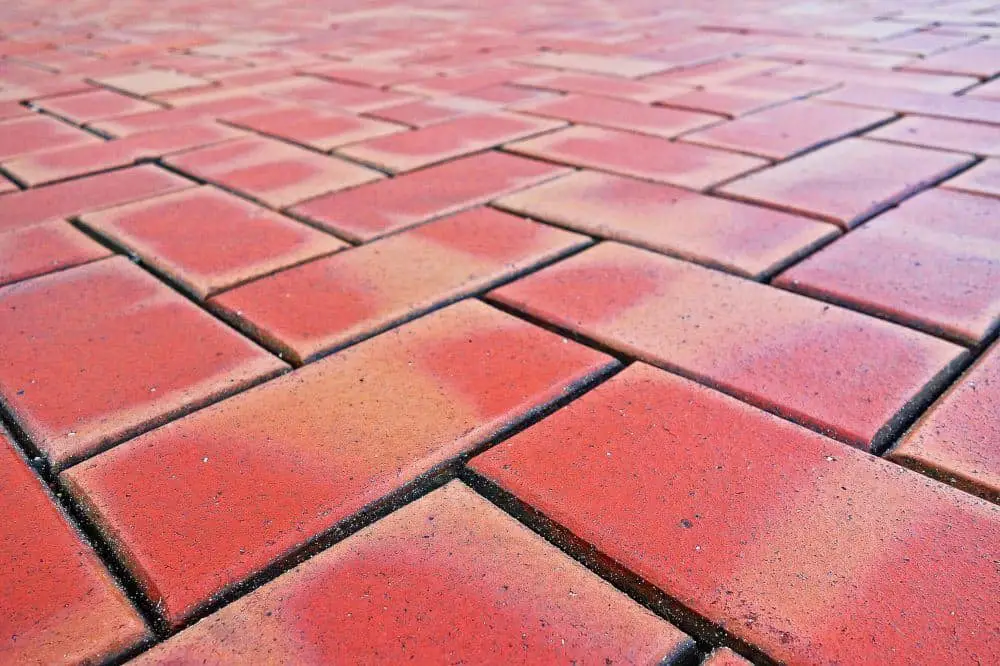
Spray Using a Circular Motion
When you spray the paver sealer on the stones, they will appear darker; however, it is a good idea to spray consistently by moving the nozzle in a circular motion to ensure that you get the best coverage to seal pavers thoroughly. You must cover and seal the entire area evenly, so you should pay attention to the areas you are spraying. Using a thin layer of sealer is sufficient, as too much of it will cause the sealer to take a much longer time to dry.
If the area that you are sealing is small, then you may find it not too difficult to keep track of the area that you have already sealed; however, if you are sealing a larger area such as a driveway, you must be more careful.
Finish the Entire Job at Once
Sealing brick pavers is a task that you should not break up into several rounds. You must seal pavers in the entire area at once; otherwise, you will lose track of the area that you have already sealed. The time for sealing the entire area depends on the size of the area you need to seal. While a small patio area may take around 20 minutes to seal, sealing the entire driveway may take a couple of hours to complete.
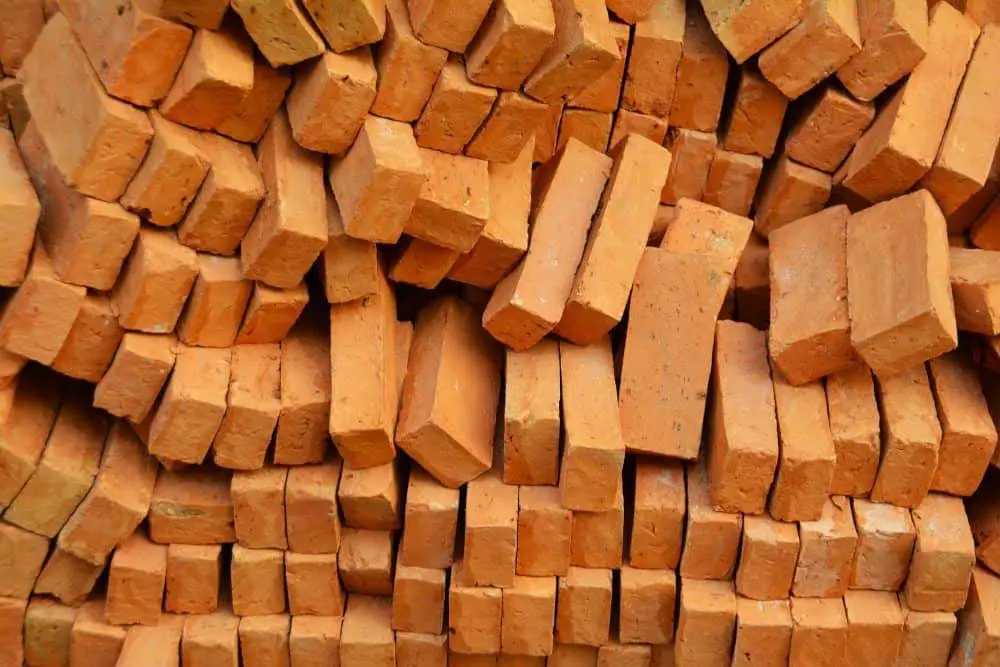
Clean the Sprayer or Roller
As soon as you finish sealing the brick pavers, wash the sprayer or roller immediately. If you do not wash the sprayer/roller immediately and allow the sealer to sit for a long time, the sealer will harden on the equipment.
Ensure that you rinse the nozzle thoroughly till the water runs clean. Check if there are any special instructions on how to clean the sealing equipment. You may need a lacquer thinner or some other strong cleaner to completely remove the sealer from the sprayer or roller.
Conclusion
Tthere are several benefits of sealing brick pavers. Also, there are many types of sealers available and each has its pros and cons. Therefore, you need to evaluate the various options available before choosing the best sealer option for your brick pavers

